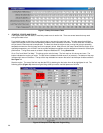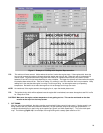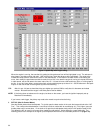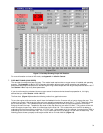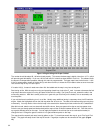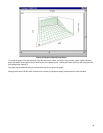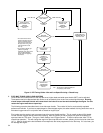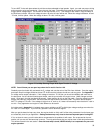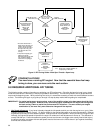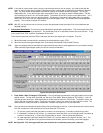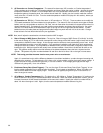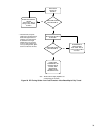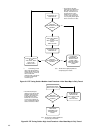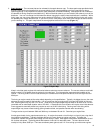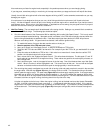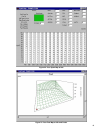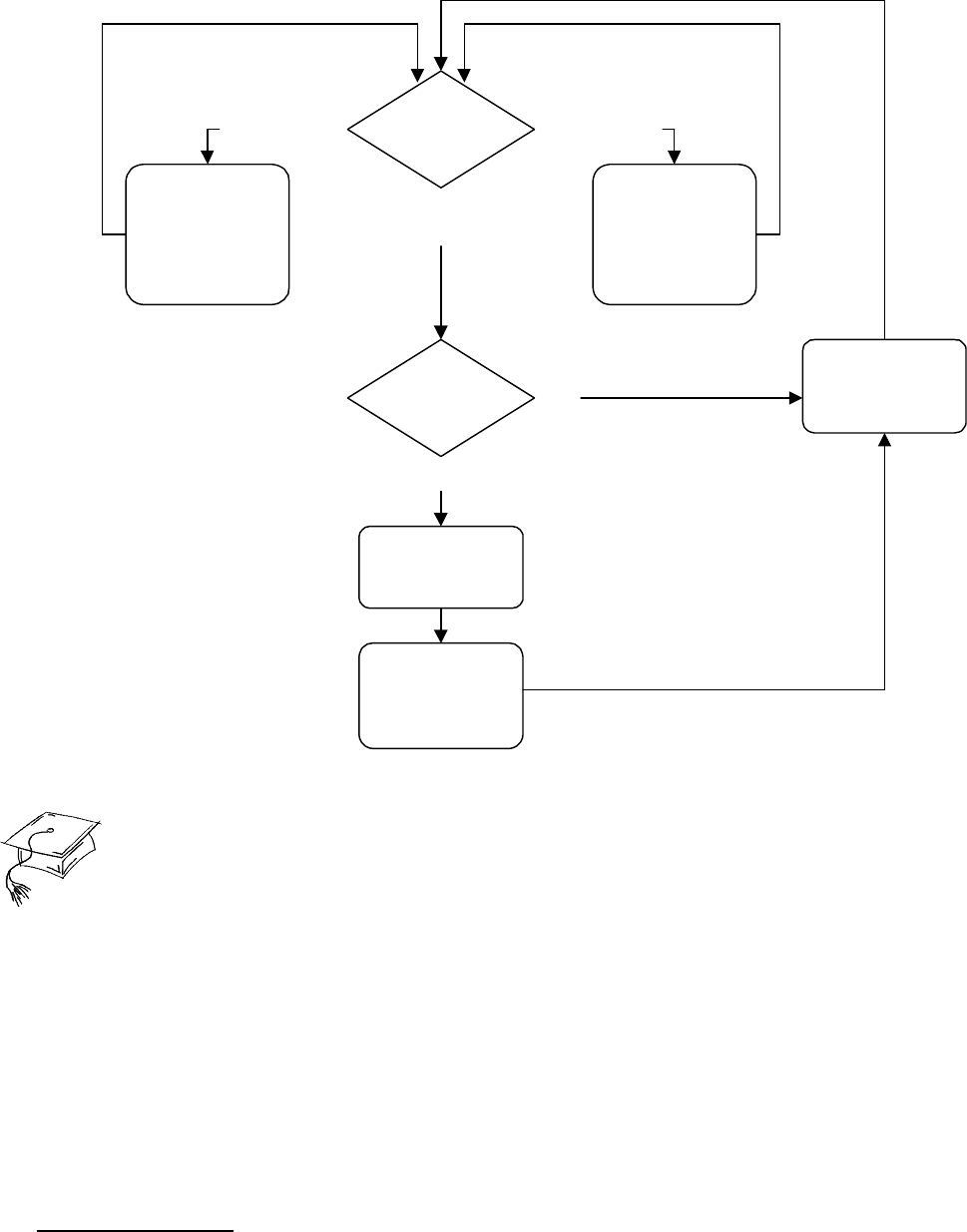
36
GOOD! MAKE
ANOTHER RUN TO
DOUBLE-CHECK
TUNING
WATCH THE
“O2 (V)” VALUE
ON FUEL MAP
(RED OR YELLOW)
LESS THAN 0.75
(GREEN)
MORE THAN 0.85
STOP IMMEDIATELY!
ADD FUEL PULSE
WIDTH IN LEAN
AREAS* AND
SMOOTH
SURROUNDING
CELLS
STOP IMMEDIATELY!
BRING UP THE
SPARK MAP
DOES THE
ENGINE PING? **
NO
(GREEN)
BETWEEN
0.75 AND 0.85
YES
SUBTRACT
ADVANCE* AND
SMOOTH
SURROUNDING
CELLS
SUBTRACT FUEL
PULSE WIDTH* IN
RICH AREAS AND
SMOOTH
SURROUNDING
CELLS**
* The actual amount of fuel or
timing advance that needs to be
added or subtracted depends
upon how far the map is off. If
the engine runs worse, go the
other direction and see if it
clears up.
**Always listen for pinging (pre-
ignition). Stop driving
immediately, bring up the spark
map, and subtract ignition
advance in the area pinging is
encountered.
Note: This flowchart is slightly simplified. See
accompanying text for details.
Figure 18 EFI Tuning Guide—Wide Open Throttle—Open Loop
CONGRATULATIONS!
You now have a running EFI engine! Now that the essential base fuel map
tuning is done, you can move onto the next section.
9.0 REQUIRED ADDITIONAL EFI TUNING
The following section contains information on perfecting your EFI performance. Only after the base fuel map is very closely
tuned when the vehicle is warmed up, should you proceed to the following. The first tuning section was to get the base fuel
map tuned for beginning users. When performing fine tuning it is sometimes necessary to work with several different screens
at once. The following will again try to guide you through in a step-by-step method without getting too complicated.
IMPORTANT! For typical performance street engines, most of the modifier values in the base maps should be fairly
close for most engines. However, every vehicle and engine combination will require fine tuning once
the basic tuning is done to realize the performance EFI will deliver. The more radical your engine
combination is, the more likely more extensive changes will be required.
1. Idle Speed Adjustment - If you haven’t already changed the idle speed at which you wish the engine to run, go to “Hdwr
Settings” and then to “Idle Air Control”. On the top it asks for the desired idle based on the engine temperature. Different
engines like (and need) to idle at different speeds. Change these to the idle speeds in which you want your engine to idle.
Normally, the highest idle speed will be when the engine is coldest and it will decrease as it warms up. The difference is
usually 200-300 rpm. Factors that affect the speed you want are the cam size (bigger cams usually need to idle higher),
the torque converter (converters with low stall speeds need to idle lower so the vehicle doesn’t “pull” against the brakes),
and what the customer wants.



